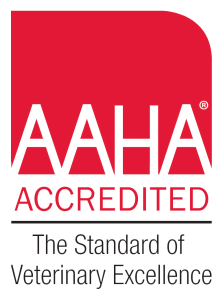Home alone
You can’t wait to get back to work and “your normal life” as our stay-at-home orders are lifted. On the other hand, your pets are probably not as enthusiastic about the idea as you are. Dogs have gotten used to having their owners around 24/7, not to mention being showered with constant love and attention.
Of the cats and dogs in the US, many will be left alone as typical work routines resume. That transition can trigger separation anxiety in dogs and heightened stress reactions in pets and can lead to destructive behavior.
Whether you got a new dog during the lockdown or your longtime four-legged companion has gotten used to having you home, here’s how new pet parents and experienced owners can identify warning signs and manage the transition.
What is separation anxiety?
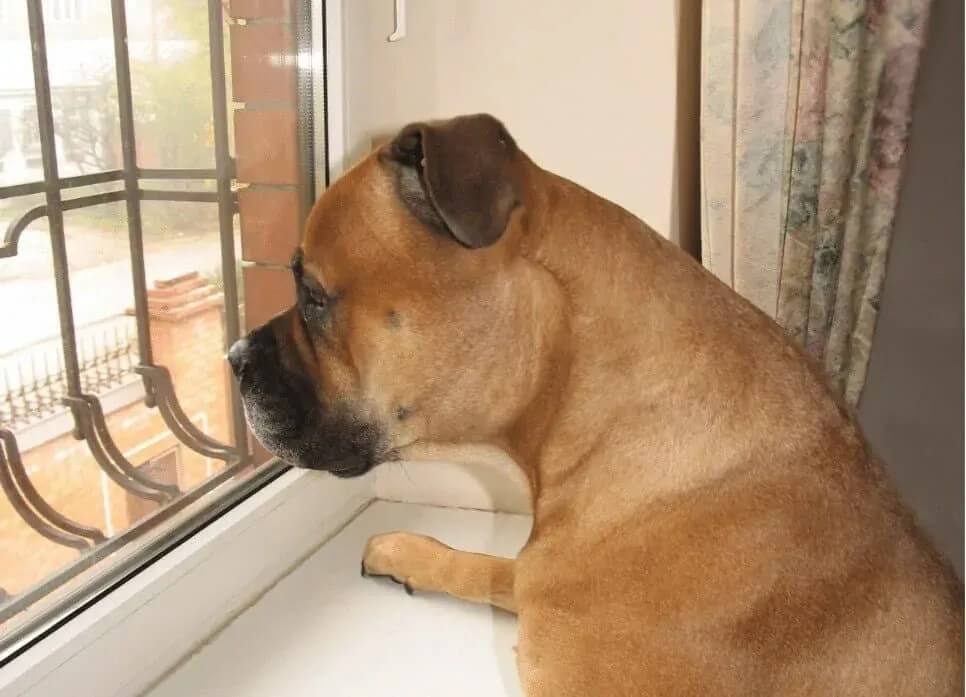
Certain dogs, like certain humans, are born to . in dogs is a stress response that the dog exhibits when it can’t be with the person or people they’ve bonded with and start to experience distress. For some dogs, it can occur when their owner simply leaves the room, while for others, it manifests when they’re left alone at home for hours.
Separation anxiety can occur even if there are other people and pets in the house. It isn’t really understood why separation anxiety in dogs occurs, but every dog is potentially at risk for it, especially if there is a sudden or dramatic change in their routine/schedule, family dynamic, or lifestyle.
“Dogs are highly social, which is why we get along with them so well,” said , author of “If all of a sudden, they go from ‘everybody home all the time’ to ‘nobody home all day long,’ it can lead to some serious behavioral problems.”
Anxiety warning signs
When left alone, dogs might exhibit any or all of the following hallmarks of separation anxiety:
- Pacing and Panting: Dogs panicked by their person’s departure might be unable to settle down and might resort to repeatedly walking back and forth.
- Vocalization: Barking and howling are common canine responses to isolation, but dogs with separation anxiety might continue vocalizing the entire time they’re alone.
- Loss of appetite: Separation anxiety can cause even the most food-motivated dog to ignore treats and bones.
- Destruction: Many dogs suffering from separation anxiety destroy small household items—like the remote control or a pillow—or resort to large-scale destruction, like digging at the carpet, scratching around door frames, tearing up furniture, walls, doors or windows.
- Elimination: Dogs might have accidents (both urine and stool) while alone; some dogs can even have vomiting and diarrhea.
- Drooling: Some stressed dogs drool excessively and wind up with a soaked chin and chest.
- Escape: Dogs with severe separation anxiety might try to escape confinement (crates or baby gated areas), which can result in injuries.
Dogs suffering from separation anxiety might learn their owner’s pre-departure cues—like putting on a specific uniform, making lunch or organizing a briefcase, and exhibiting stress responses before their owner even departs.
Many of these clinical signs can also be attributed to other behavior or medical conditions. To determine if your pet truly has separation anxiety or other issues, it is vital to schedule a veterinary exam.
Baby steps: Act like you’re already back at work
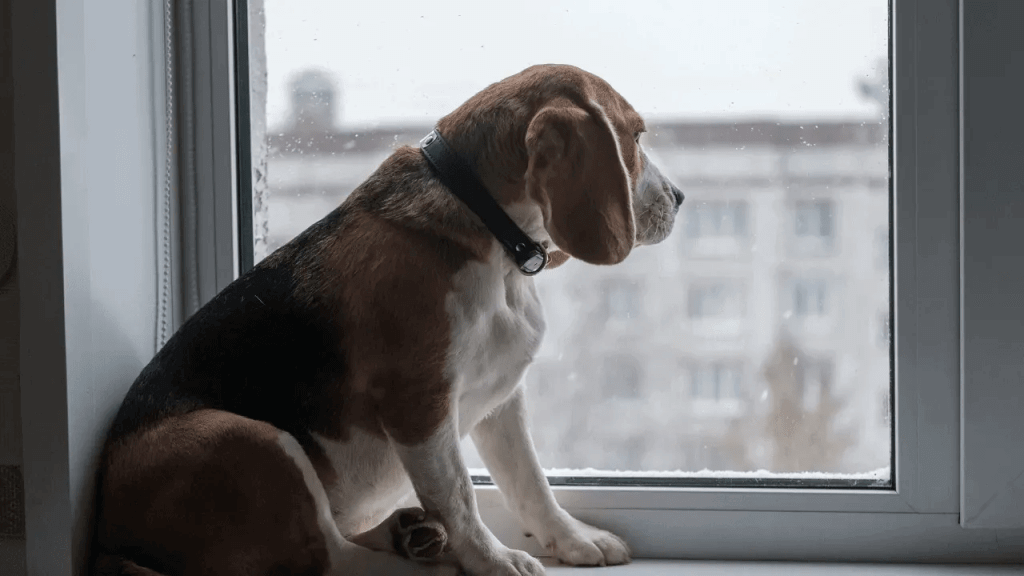
To start separating from your pet, go into your home office or bedroom and close the door, so the dog isn’t with you. You want to mimic your usual work schedule to get the dog into a routine that can continue when you’re back at the office.
- If you would typically crate your dog, continue to do so.
- If you leave a special treat or feed them just before leaving, follow that routine.
- Also start leaving the house without the dog for longer and longer periods of time.
It might seem cruel to take regular walks without your dog, but it’s critical that the dog understands that sometimes you’ll be going out alone.
Make entrances and exits non-events
Most dogs are alert to specific sounds or movements that signal a pet parent is getting ready to leave the house. This could be something like putting on your shoes, grabbing your keys, saying a particular word, or using a high-pitched tone of voice when saying goodbye. Watch your dog carefully to see if you can identify any of these triggers. If you notice your dog paces and pants every time you put on your shoes, repeat this behavior numerous times a day without leaving to your dog to it.
For those anxious pets, start with short departures. Go Slow. Leave a handful of treats on the ground; while your dog is eating them, walk out the door. (If several family members leave each day, it is best if everyone goes together. Come back in five seconds. Next time, leave for 10 seconds, then walk to the mailbox and back, then take a longer walk or a long drive. Make sure you mimic the routine you’ll have when you go back to work: Get your wallet and keys and leave through the door you’ll go through. This way, the dog gets used to the cues that mean you are leaving — and coming back in through the same door.
On returning home, it is recommended that you not acknowledge your dog for five to 10 minutes following your return home; wait until the dog is settled to lessen the importance of separations in your dog’s mind.
But don’t punish the dog when you come home, said >, professor emeritus of behavior medicine at the , because dogs will forget what they did and by then they will “no longer associate punishment with the action.”
Make a safe place
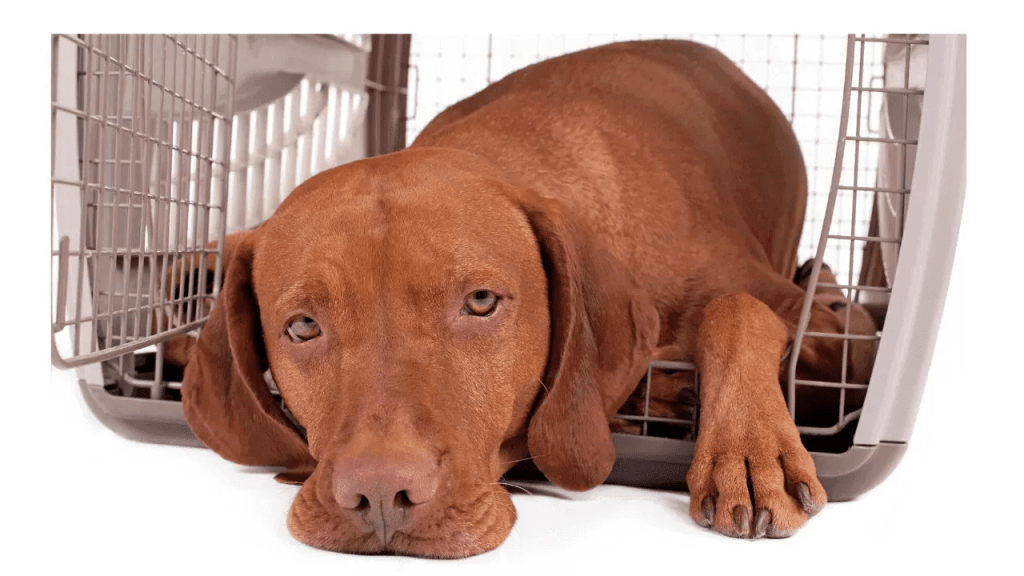
Make sure your dog is left in a safe space that it knows — and don’t lock it in an unfamiliar room. That safe space might be a crate, although not all dogs like being in a crate.
A can be your dog’s best friend. You never want to force a dog into a crate or keep it there if it is obviously in distress. Crate training is most valuable for young or new dogs to prevent them from getting into things you don’t want them to get into, like the trash. It can also help with housebreaking since most dogs won’t eliminate in a place where they sleep.
Crate training sets a dog up to be successful. None of us can learn if we’re not pointed in the right direction. Make sure you train your puppy in the essential skills.
Other dogs are just fine being left to lie wherever in the house they want. Or you may wish to use gates to confine them to only certain areas of the house.
The best space for your dog may not be one with a view, either, especially if your dog barks a lot.
Teach your dog to “settle”
Some dogs need to be taught that they won’t always have access to their owners even when they’re home. They need boundaries so they know how to behave and feel safe. They also need to be trained to relax and rewarded for calm behavior.
With your dog on a leash, get him/her to sit on a mat by the door. Attach the leash to a doorknob so the dog can’t move, but can see family members. When it sits patiently and doesn’t vocalize while on the mat, give your dog a special treat and an encouraging word, and pet it with long, smooth strokes. Don’t react if the dog does make noise.
Working on this command helps your dog to build confidence about being physically away from the family.
Once you go back to work Keep a predictable routine
Since your dog is anxious, you can begin by making his/her day calmer by establishing a routine so your dog will know and can predict when it can expect attention (exercise, feeding, training, play, elimination) and inattention (napping, playing with its favored toys/puzzle game). Try to schedule these times for object play and napping when you would generally depart.
Keep your dog active
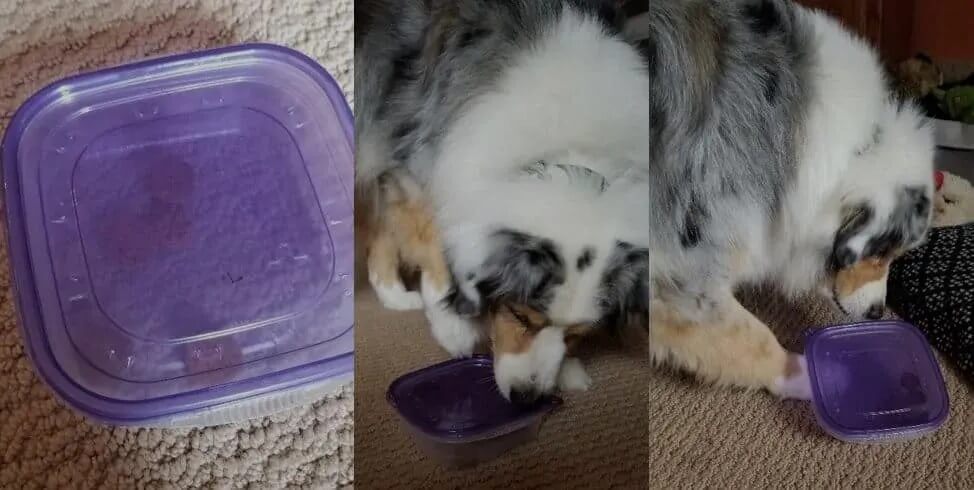
Make sure your dog gets lots of exercise every day. A tired, happy dog will be less stressed when you leave, and a tired dog is often a calm dog, according to the (ACVB). It’s also vital that you challenge your pet’s mind. Play training games and fetch. Use interactive puzzles. Work his/her mind and body. That will keep them busy, happy, and too tired to be anxious when while you’re gone.
Other de-stressors

Try putting an item (blanket or piece of clothing) with your scent in his/her bed/crate
Make leaving time the best part of your dog’s day
Turn your absence into a positive experience by giving the dog a food treat to distract him/her during the first few minutes you’re gone. For instance, only give your dog a stuffed with treats or safe chews when you go out; never when you are at home. Alternatively, you can sprinkle dry kibble in your dogs’ bed or crate for them to find. Chewing is a very healthy thing for dogs to do to calm down and relax; try freezing a food treat puzzle filled with peanut butter or spray cheese, or wet food in an ice cube tray for their breakfast. Freezing will make the food last longer, during which time they won’t be focused on the fact that you’ve left them alone.
Be on the lookout for early signs of anxiety
Despite your best efforts, changes in your schedule can still trigger separation anxiety in dogs. If your dog starts watching you closely, following you from room to room and has a worried expression on its face, try videotaping the dog with your cellphone or another camera to see how he or she behaves when you leave the house for 15 to 20 minutes. If the dog is pacing or panting, whining, trying to get out of its crate, or showing other signs of distress, it’s time to talk with your vet (and bring the video with you to the visit). It’s important to catch separation anxiety early—both so dogs don’t suffer and so they don’t become destructive.
Separation solutions
There are a variety of strategies you can try to calm your dog. You might:
- Arrange for a family member, neighbor, pet sitter to stay with your pet.
- Enroll the dog in doggie daycare. Brook-Falls Luxury Pet Resort and Enrichment Doggie Day Care is ideal.
- Dogs are naturally packed animals, and most prefer to be in the company of others. Doggie daycare ensures that your dog is in the company of others all day long.
- From humans to fellow canines, your dog won’t have a minute alone, which can be just the trick for some dogs who suffer from separation anxiety.
- Also, they can learn dog-to-dog socialization skills, participate in enrichment activities, learn independence, etc.
- If your dog suffers from a mild case of dog separation anxiety, ultimately, it’s a win-win for both the owner and the dog.
3. You can try a plug-in diffuser, spray, or collar that releases an odorless chemical that is designed to send calming messages to dogs, making dogs feel safe and calm.
4. Anti-anxiety medications such as > and > or others may be for dogs that get severely panicky when left alone.
Combining drugs with behavioral modifications may start relieving separation anxiety signs within a week, according to the book, The Ultimate Experts Explain Common Dog Behaviors and Reveal How to Prevent or Change Unwanted Ones.
Fixing Separation Anxiety One Step at a Time
It’s important to remember that you, as pet owners are the center of the world for your pets, and they have come to enjoy and rely on your increased time and availability while you have been at home these past few months. It takes dogs a little while to adjust to new situations, and COVID-19 has been stressful for us all!
Help your pets to adjust as you return to the wider world, by taking some time to follow the plan outlined above so they can once face the long days home alone. In any case, do not give up and don’t blame your dog for its behavior. Keep working for that happy ending.
About Brook-Falls
Brook-Falls Veterinary Hospital and Exotic Care is dedicated to providing quality care to all companion pets and exotic animals. Brook-Falls is a Menomonee Falls, WI-based full-service veterinary hospital with an extensive range of comprehensive medical, dental, diagnostic, and surgical services to meet the varying needs of all patients. Brook-Falls Veterinary also offers informational and educational media and seminars for pet owners by way of blogs, digital TV series (Expert Veterinary Television), e-books, whitepapers, infographics, and more.
For more information, contact Brook-Falls Veterinary Hospital & Exotic Care, Inc.
